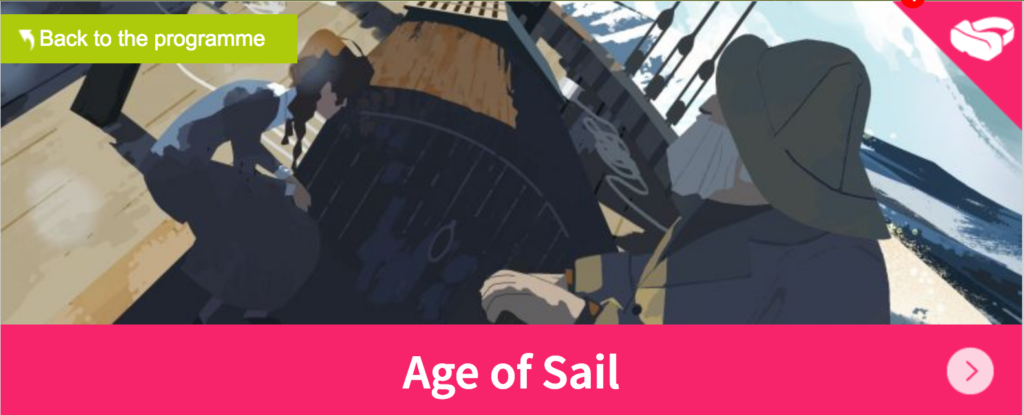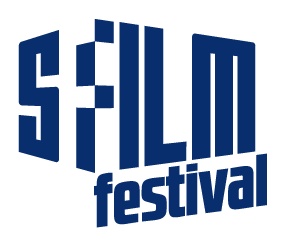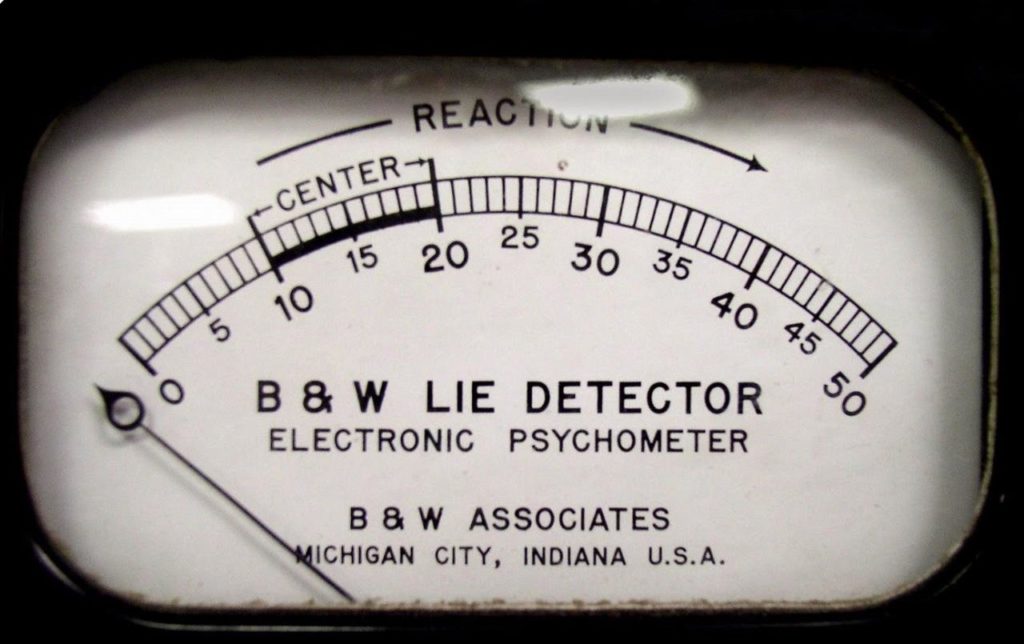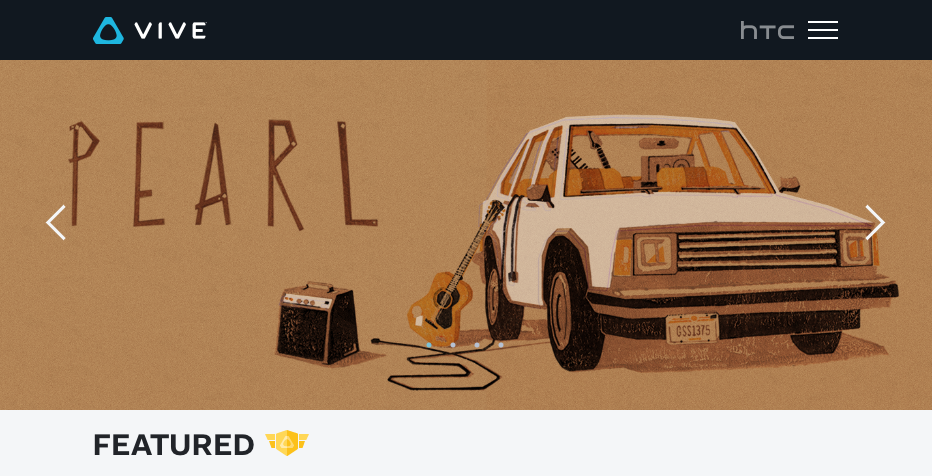Wow, it’s been a busy few weeks since we launched “Age of Sail“! Hard to keep track of all the news, but here are a few highlights…
It’s been nominated for four Annie Awards…
For the first time, the Annie Awards will honor animated VR productions. Vying for the prize are “Age of Sail” by Google Spotlight Stories and Broadreach Pictures; AtlasV’s “BattleScar”; “Crow: The Legend” by Baobab Studios; “MindPalace” by Filmakademie Baden-Württemberg GmbH; and Polyarc’s “Moss.”
In addition to the VR bid, Google Spotlight Stories’ “Age of Sail” came away with three other nominations, including character animation in an animated TV/broadcast production (Sikand Srinivas); character design in an animated TV/broadcast production (Bruno Mangyoku); and production design in an animated TV/broadcast production (Celine Desrumaux and Jasmin Lai).
Gnomon released the video of the making-of talk that John Kahrs and I did. (John’s part is not to be missed: a life lesson in thoughtful, personal filmmaking.)
Watch The Making of Google Spotlight Stories: ‘Age of Sail’ from Gnomon_School on www.twitch.tv
And AWN just ran a nice interview with me and my partner-in-crime, Chromosphere’s Theresa Latzko, about the art and tech challenges of the ocean, the look, and more.
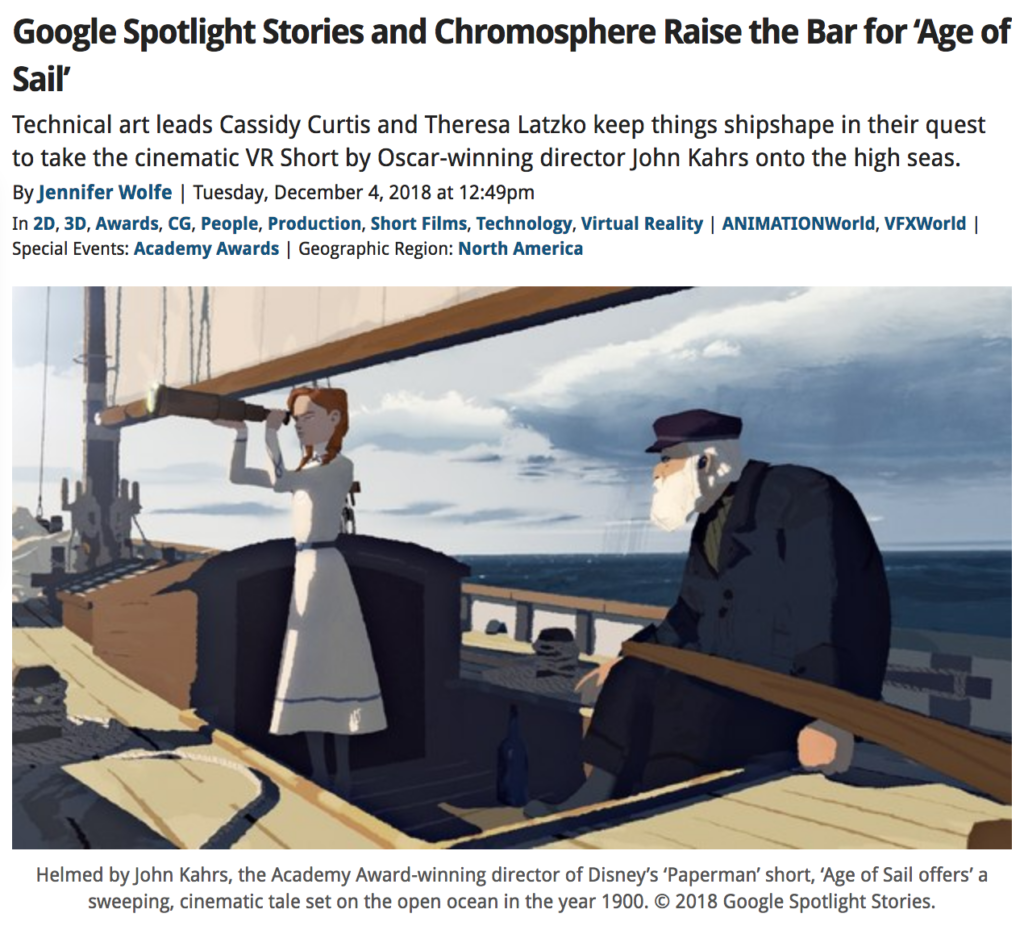
Still reading? Really? Well, here’s some other nice press, about both VR and cinematic cuts:
-
- Google releases gorgeous VR short film ‘Age of Sail’ (Engadget)
- A Powerful & Emotional VR Experience (RoadToVR)
- New AR/VR Worth Watching (Variety)
- Watch: John Kahrs’ Acclaimed Short ‘Age of Sail’ (Animation Magazine)
- Short Pick of the Day (Cartoon Brew)
- Vimeo Staff Pick (Vimeo)
- Interview with John Kahrs (Animation Scoop)
- Worth The Sea Sickness (UploadVR)



